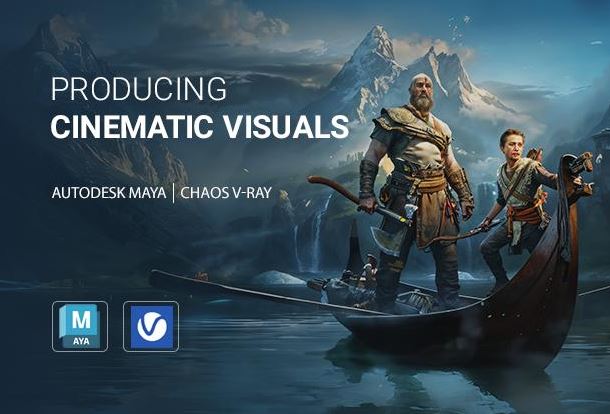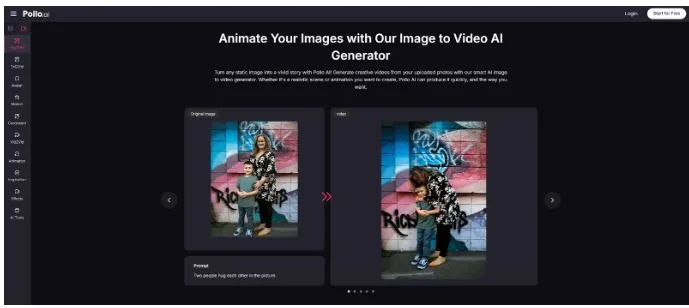Producing Cinematic Visuals with Autodesk Maya and Chaos V-Ray: Tools and Techniques
Did you ever see a movie and think, how did they make that look so real? We are talking about dragons that breathe fire, cities that do not exist or explosions that shake your living room.
The truth? Stuffed into a 3D software such as Autodesk Maya and given the Hollywood treatment by something like Chaos V-Ray, these mind-bending visuals frequently begin.
Maya provides you with the creative power to model, animate, and simulate. V-Ray makes that work come alive in jaw-dropping realism. How do they collaborate? And why are so many professionals in the industry turning to them as the combo of choice?
And, just in case you are wondering about the Autodesk Maya price, we will mention it, too, because it’s something you’ll want to understand if you’re getting serious about leveling up your workflow.
Let’s dig into how these tools work, what’s new, and why they matter to anyone pursuing cinematic-quality results?
The Hollywood Workhorse: Maya in 2025
What is new in Maya 2025? Much, and everything, is focused on simplifying your creative process.
Modeling Improvements
The new Smart Extrude and Bevel Filtering tools help you to shape complex objects much quicker. Want to join two forms at a beveled corner? Done. It’s cleaner and quicker now.
Rigging & Animation Tweaks
They have refined motion trails and animation editors to assist you in refining the character movements. The new and improved Dope Sheet Editor and smoother Graph Editor shortcuts allow timing animations to feel more like storytelling and less like coding.
Built-in Arnold 7.3 Rendering
Maya comes bundled with Arnold 7.3 via MtoA 5.4.0, offering great convenience for stills and test renders. But for high-end, cinematic visuals? You will desire something more powerful. Of course, V-Ray.
From Sketch to Screen: Chaos V-Ray
Consider V-Ray like the secret sauce to make your Maya scene look real. Light, shadows, reflections, it does all of that with photorealism that’s second to none.
Why Chaos V-Ray rocks:
- Real-time GPU rendering for faster results
- AI-powered denoising (read: less noise, more clarity)
- Chaos Cosmos asset library to instantly fill your scene with ready-to-go objects
- Works across a bunch of platforms: Maya, Houdini, 3ds Max, Unreal, and more
V-Ray Enterprise is what you need in case you are in a large team or studio. It has floating licenses (so your crew can access it), integrates with all the major platforms and even comes bundled with tools like Chaos Phoenix (for fluids and fire) and Chaos Player (for reviewing renders like a pro).
And yes, it’s fully compatible with Maya. That way, you could animate in Maya and render with V-Ray, all within a workflow that you would think is seamless.
Real Talk: What Makes the Combo So Powerful?
Let’s break it down:
Maya is where you create. You build your characters, rig them, animate their movements, and choreograph the scene.
V-Ray is where you make it real. It brings in advanced ray tracing, accurate lighting, and camera effects that mimic real-world cinema gear.
This combo is why studios like Pixar, ILM, and Ubisoft rely on tools like these. With V-Ray, your explosions don’t just look cool—they light the scene, bounce shadows, and reflect off glass like they would in the real world.
Thinking of adding fog, lens flares, or cinematic depth of field for a more dramatic look. V-Ray’s got it. Want to render a full city scene overnight using the cloud? Chaos Cloud’s already on it.
Want to Stand Out? Learn Both
If you’re serious about cinematic visuals, knowing just Maya or just V-Ray isn’t enough. Studios want artists who can model, animate, and render at a high level.
And the good news? These tools are more user-friendly than ever. Between Maya’s updated editors and V-Ray’s drag-and-drop assets, you can focus more on being creative and less on fighting your software.
FAQs
Q: How much does Autodesk Maya cost in 2025?
A: Maya has flexible subscription options for individuals, studios, and students. If you’re serious about animation or VFX, it’s well worth checking out.
Q: Do I need V-Ray if Maya comes with Arnold?
A: Arnold is great for many things, especially built-in test renders. But V-Ray brings more flexibility, speed, and photorealism—especially in large, cinematic scenes.
Q: Do I need a supercomputer to run V-Ray?
A: Nope. V-Ray supports GPU acceleration and cloud rendering. With features like AI denoising, you can get fast, clean results even on mid-range machines.
Q: Can I use V-Ray with other software besides Maya?
A: Absolutely. V-Ray is compatible with a wide range of software, including 3ds Max, Rhino, Revit, Houdini, Unreal Engine, and others. That’s why studios love it, it fits into almost any pipeline.



